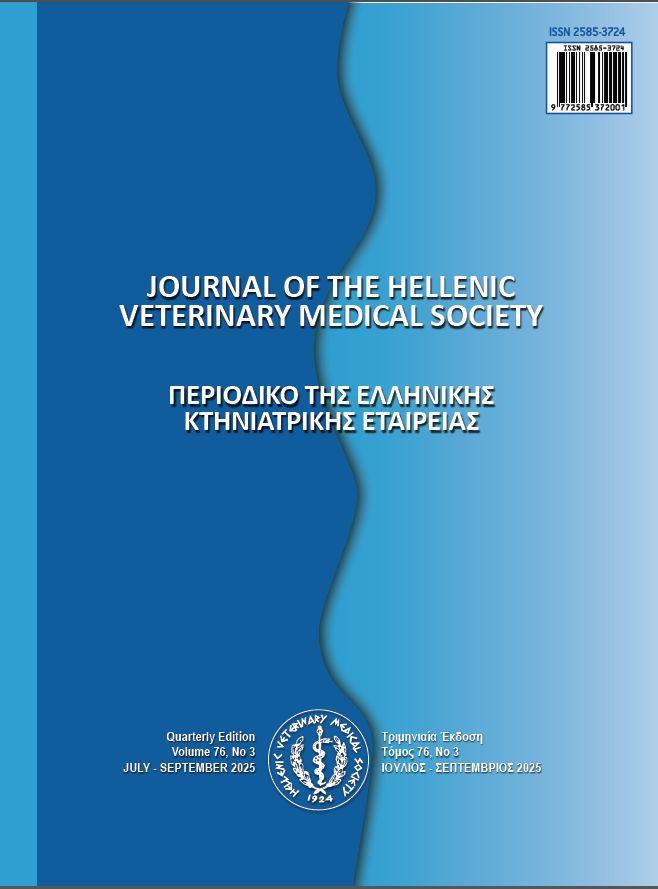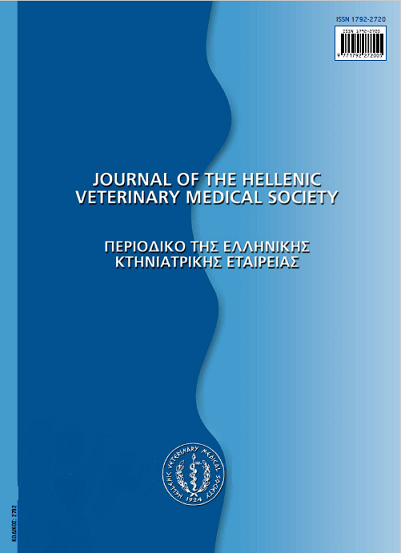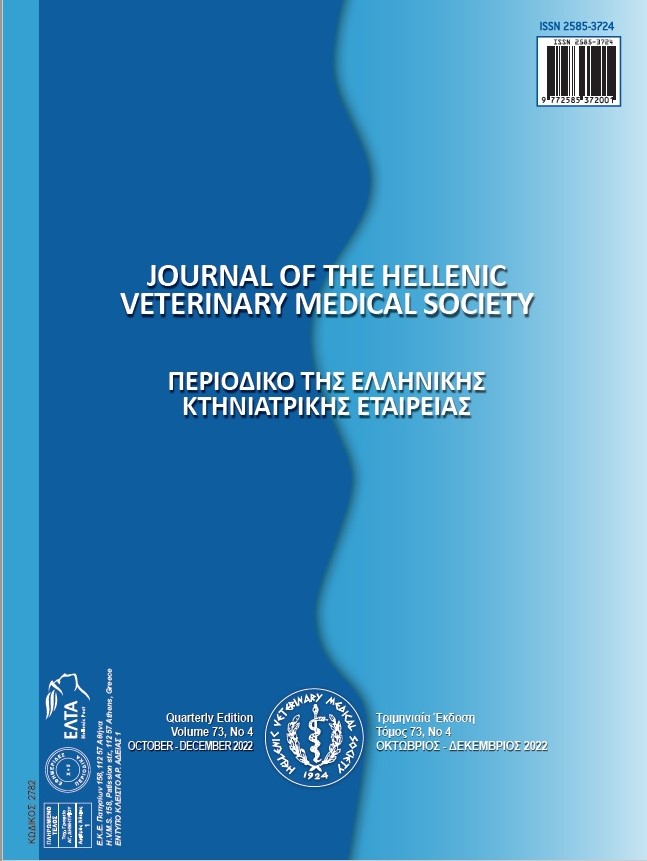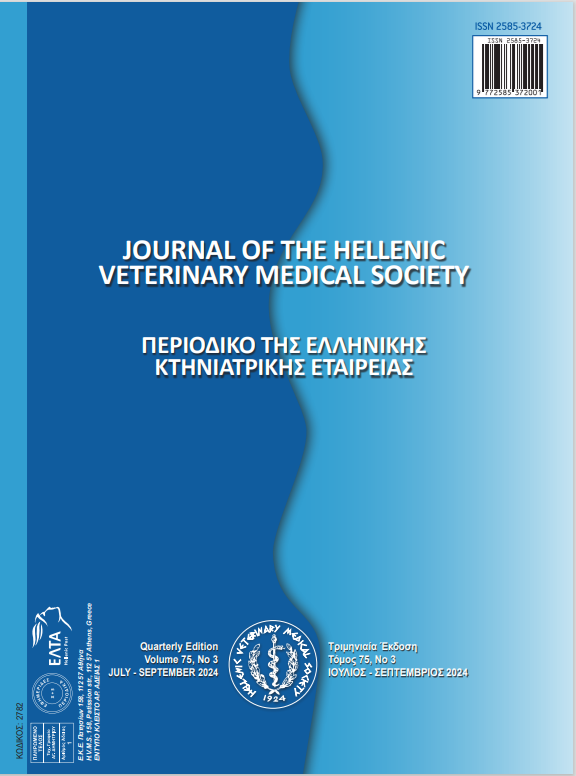Examination of covariance and correlation in aflatoxin levels between feeds and dairy cattle milk in Northern Greece
Résumé
This study aimed to determine the concentration of aflatoxins and reveal the degree of correlation between feed and cow’s milk. A total of 182 corn grain samples, 73 cotton pie samples, 183 maize silage samples, 183 total mixed ration samples, and 183 fresh cow milk samples were collected and analyzed using the ELISA method in 2021 and 2022 from farms in the Central Macedonia and Thessaly regions. The Pearson coefficient was employed to investigate the existence of correlations. The results indicated that the presence of aflatoxins in milk is significantly correlated with the level of aflatoxins in feed. The levels of aflatoxin concentrations in corn grain, cotton pie, and total mixed rations showed a presence of aflatoxins in cow’s milk. Specifically, when the concentration of aflatoxins in either the corn grain or the total daily ration increases, the concentration of aflatoxins in the milk also rises, never exceeding the maximum permissible limit. The analysis is completed by capturing and examining scatter charts among the variables, which found strong correlations. In all cases, there is no evidence of non-linear relationships or strongly divergent values, and the dispersion of the points is small, indicating high correlation values (r>0.700). Moreover, this study indicates that the feed used in dairy cattle must have zero or low levels of aflatoxins to produce aflatoxin-free milk. Careful observance of the rules and conditions in the production, harvesting, drying, storage and maintenance of feed materials is of key importance in this regard.
Article Details
- Comment citer
-
Gourdouvelis, D., Dotas, V., Vouzaras , D., Kaimakamis , I., Hatzizisis, L., Koidou, M., & Schina , V. (2025). Examination of covariance and correlation in aflatoxin levels between feeds and dairy cattle milk in Northern Greece. Journal of the Hellenic Veterinary Medical Society, 76(3), 9681–9688. https://doi.org/10.12681/jhvms.39644
- Numéro
- Vol. 76 No 3 (2025)
- Rubrique
- Research Articles

Ce travail est disponible sous licence Creative Commons Attribution - Pas d’Utilisation Commerciale 4.0 International.
Authors who publish with this journal agree to the following terms:
· Authors retain copyright and grant the journal right of first publication with the work simultaneously licensed under a Creative Commons Attribution Non-Commercial License that allows others to share the work with an acknowledgement of the work's authorship and initial publication in this journal.
· Authors are able to enter into separate, additional contractual arrangements for the non-exclusive distribution of the journal's published version of the work (e.g. post it to an institutional repository or publish it in a book), with an acknowledgement of its initial publication in this journal.
· Authors are permitted and encouraged to post their work online (preferably in institutional repositories or on their website) prior to and during the submission process, as it can lead to productive exchanges, as well as earlier and greater citation of published work.






